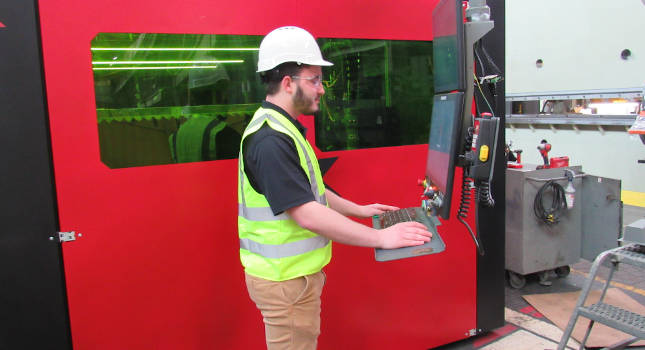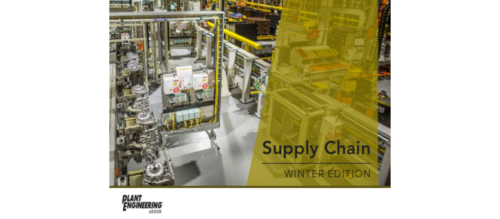Wearable technology can combat supply chain disruptions
Wearable technology will make the human worker more valuable in the long run
Despite fears that millions of workers will be displaced by technological advances in robots and machine learning (ML), companies are seeing the opposite. There are more than 10 million job openings in the U.S. as of a recent Bureau of Labor Statistics report, making this one of the most prominent labor shortages in the country’s history.
As witnessed in 2020, technology in the supply chain kept logistic lines functioning despite severe stress on their functionality due to COVID-19 outbreaks and lockdowns. With wearable technology such as barcode scanners and applications that track worker efficiency to help them improve their output, people are seeing a kind of worker revolution within the industrial space. Companies also use more ergonomic solutions, which provide the worker relief from physical stress. Workers connected to the Internet of Things (IoT) are more important than ever to help keep warehouses and supply chains running as smoothly as possible.
Companies are nowhere near the point of automating the whole industry. Despite labor shortages, more efficient workers can help companies navigate the waters. With the right suite of technology complementing workers, they can do more with less. There are ways that plant managers and manufacturing leaders can learn from the pandemic, so they are better prepared for the next disruption that will inevitably come while reassuring workers their jobs will not be automated away. These two components will bring the industry to the next level of using automation technology in manufacturing.
How smart tech aids the workers’ experience
Using an historical example, if blacksmiths were more familiar with the tools of their trade, they would have fewer issues when they need to make considerably more swords or horseshoes than usual. Like the world of manufacturing today, if workers don’t feel completely comfortable with the tools or technology they are employing, they will not be able to keep up — or catch back up — with demand. It is crucial to familiarize workers with the machines they will be using. This can be accomplished in three ways.
The first is simplification of the process itself. The workers on the shop floor do not need to necessarily comprehend the technology behind, say, a wearable device, but they should understand the benefit of the data it collects because the data has the potential to relieve them of a superfluous burden while improving their day-to-day actions. Wearables, such as ProGlove’s connected barcode scanners, aid the worker by connecting them to the IoT. Connected devices can feed relevant information to plant managers that helps them create actionable insights about processes and workflow. Digitalizing the manufacturing industry with the right blend of wearables and integrated software builds a kind of human-digital twin in the sense that workers’ capabilities are augmented. Moreover, and the metadata collected from the tasks they perform can help management refine processes and lead to a more efficient environment.
Last, putting emphasis on safety helps workers feel more at ease on the job. Technology that puts workers first is designed with them at the center. It should promote worker safety because it’s designed with the person top of mind. One example of this is technology that focuses on ergonomics for the workers using it. This has become increasingly necessary to cushion the future shortage of skilled workers and should be embraced by plant managers.
Combatting the ostensible fear: Job loss due to automation
Warehouse and manufacturing workers are becoming human-digital twins with augmented, connected devices that help them increase their efficiency. These devices are centered around amplifying the capabilities of the human worker. In a sense, it empowers the employee by making their work more efficient and streamlined. It also helps plant managers collect data to recognize successful tactics and address areas ready for increased efficiency or improvement.
The fear that machines or robots will replace millions of people in manufacturing work is not accurate. The bar has been raised; a new industry standard has been set. Augmented tech and artificial intelligence (AI) open the door for new opportunities for workers by expanding their roles. They can do more with the time they’ve saved. As a result, the worker becomes more valuable when there is a labor shortage.
The future of wearable technology in manufacturing
Wearable technologies that work in concert with the software and technology in the plant can help empower workers and lead management to improve systems already in place. It frees up the worker to accomplish more tasks and promotes worker safety and well-being. Former industrial revolutions left workers behind. However, this new digital age provides us an opportunity to put humans at the center of it.
Do you have experience and expertise with the topics mentioned in this content? You should consider contributing to our CFE Media editorial team and getting the recognition you and your company deserve. Click here to start this process.





